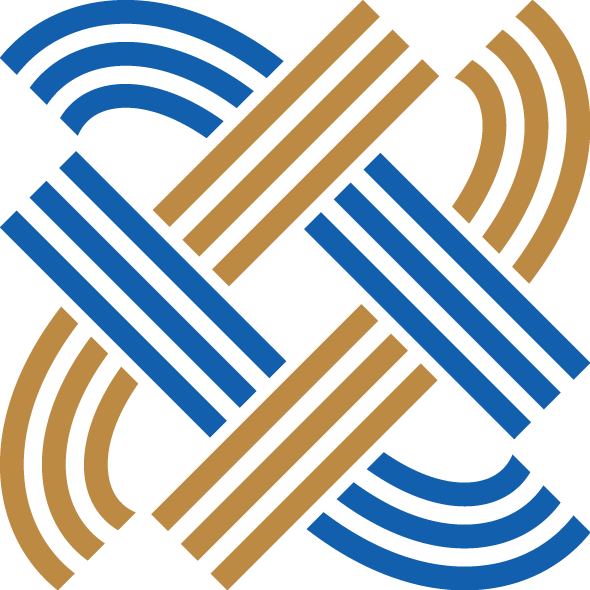KAWAID Shun(Assistant Professor)
Academic Degree
Doctor of Agriculture
Research Fields
Benthic Ecology, Ecosystem Ecology
Major Professional Backgrounds
April 2011–March 2013: Master course student, Graduate School of Bioresources, Mie University
April 2013–December 2014: Research staff, R&D department, Saraya Co., Ltd.
April 2015–March 2018: Doctoral course student, Department of Ecosystem Studies, Graduate School of Agricultural and Life Sciences, The University of Tokyo
April 2018–Present: Assistant Professor, Aquatic Ecology Division, Estuary Research Center, Shimane University
Research Interests
・ Community structures of macrobenthos in estuaries
・ Ecological role of cellulose digesting enzymes of estuarine macrobenthos
・ Biological production of lower trophic levels and food web structures in estuarine ecosystems
Affiliated Academic Societies
1) Japanese Association of Benthology 2) The Ecological Society of Japan 3) Carcinological Society of Japan
Research Keywords
・Benthic community ・Crab ・Food web ・Cellulose digestion ・Tidal flat ・Salt marsh ・Mangrove
Research Results
1. Papers (peer reviewed)
6. 川井田俊・木村妙子(2022)三重県田中川干潟における絶滅危惧種トビハゼおよびキセルハゼの採集記録.Laguna 29: 1–7.
3. 川井田俊・大土直哉・河野裕美・渡邊良朗・佐野光彦(2018)琉球諸島西表島のマングローブ林に生息するフタバカクガニParasesarma bidensの落葉摂食量.La mer 56, 37–47.
2. Papers (not peer reviewed)
1. Kawaida S., Nanjo K., Kanai T., Kohno H., Sano M. (2017) Crab assemblage structures in a subtropical mangrove estuary on Iriomote Island, southern Japan. The Study Review of Iriomote Island, Okinawa Regional Research Center, Tokai University 2017, 1–15. [in Japanese]
3. Books
1. Kon K., Yamashiro H., Horinouchi M., Kawaida S. (2020) Experimental design in marine ecology. In: Inaba, K., Hall-Spencer, J.M., eds., Japanese Marine Life - A Practical Training Guide in Marine Biology, Springer, pp. 273-282.
4. International Symposiums
7. Kawaida S., Kimura, T.: Cellulose digestion abilities determine trophic segregation of crabs and gastropods in a marsh-dominated estuarine tidal flat. The Fifth Asian Marine Biology Symposium, The Emerald Hotel, Bangkok. 29 October 2024.
6. Miki, M., Kawaida S., Kurata, K.: Relationship between seaweed beds and invertebrate communities in Lake Nakaumi, Japan ECSA 60: Implementing Science-Based Solutions and Strategies for Coastal Resilience, China. 2024.
5. Ando T., Seto K., Katsuki K., Nakamura Y., Kim S., Kawaida S., Saito Y.: Relationship between transportation and palynofacies/palynomorph assemblage of suspended sediments in the rivers around Lake Shinji and Nakaumi Lagoon. JpGU Meeting 2022, Makuhari Messe, Mihama-ku, Chiba, Japan, 22-27 May 2022.
4. Kawaida S., Nanjo K., Ohtsuchi N., Kohno H., Sano M.: The role of crabs having cellulose digestion ability in mangrove organic carbon processing. The Fourth Asian Marine Biology Symposium, Howard Civil Service International House, Taipei, Taiwan. November 2019.
3. Kawane M., Dantsuji Y., Kawaida S., Sekino M, Yusa Y.: Reproductive success of dwarf males and hermaphrodites in Octolasmis unguisiformis. Open International Symposium: Reproductive Biology of Barnacles, Shinagawa Campus, Tokyo University of Marine Science and Technology, Japan. October 2019.
2. Abe, H., Yamada, K., Hoshino, O., Ogino, T., Kawaida, S., Sato-Okoshi ,W.: A novel symbiotic relationship between ascidians and an undescribed tunic-boring polychaete (Annelida: Spionidae: Polydora). 13th International Polychaete Conference, California, U.S.A. August 2019.
1. Kawaida, S., Toyohara, H., Kimura, T. Cellulase activity of ocypodid crabs on the Tanakagawa tidal flat, central Japan. The First Asian Marine Biology Symposium, Phuket, Thailand. December 2012.

